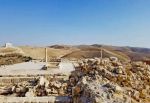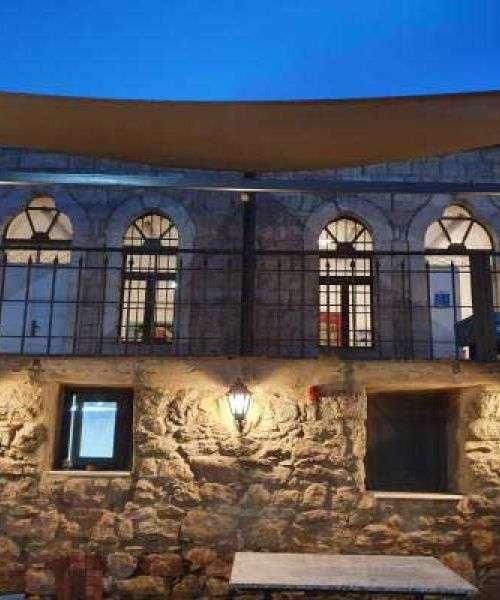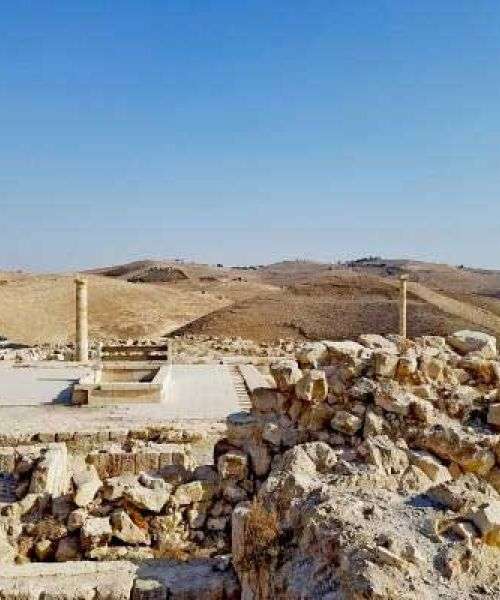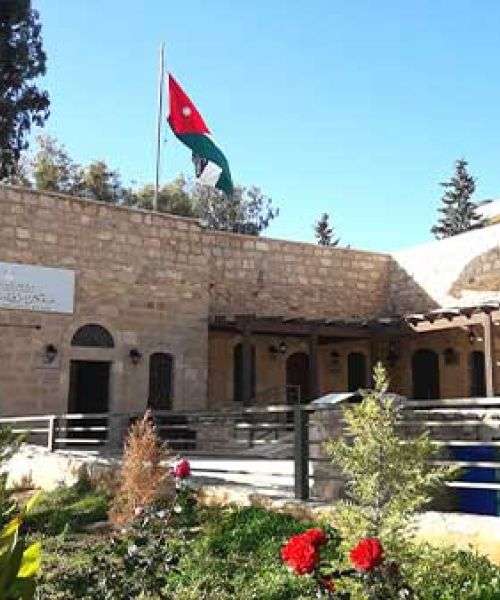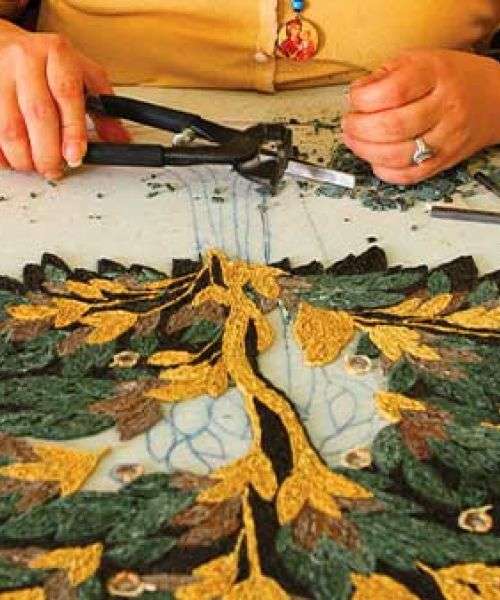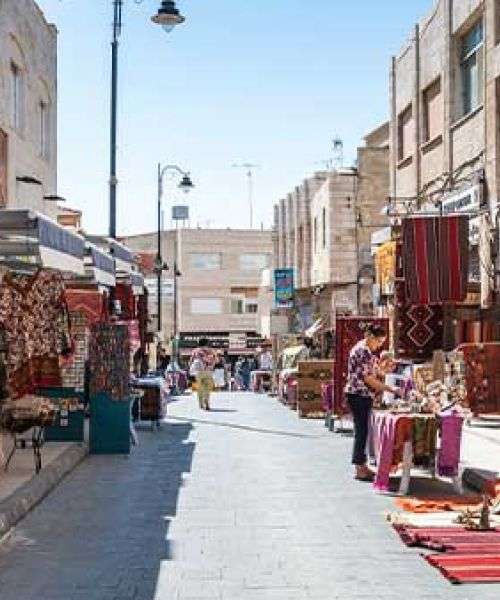Madaba
Hot Spot for Religious Tourism.
Just 20 minutes south of Amman on the King’s Highway, Madaba is a must-visit for religious tourism and history enthusiasts. Known as the “City of Mosaics,” this historic town boasts some of the world’s finest Byzantine mosaics, including the famous Mosaic Map of the Holy Land in the Greek Orthodox Church of St. George.
Many mosaics lie hidden beneath the town, with excavated pieces displayed in the Madaba Museum. Strategically located on the ancient King’s Highway, Madaba has long been a cultural and historical hub.
Explore Madaba to uncover Jordan’s rich heritage and vibrant past.
Madaba is the cultural epicenter for Byzantine and Umayyad mosaics

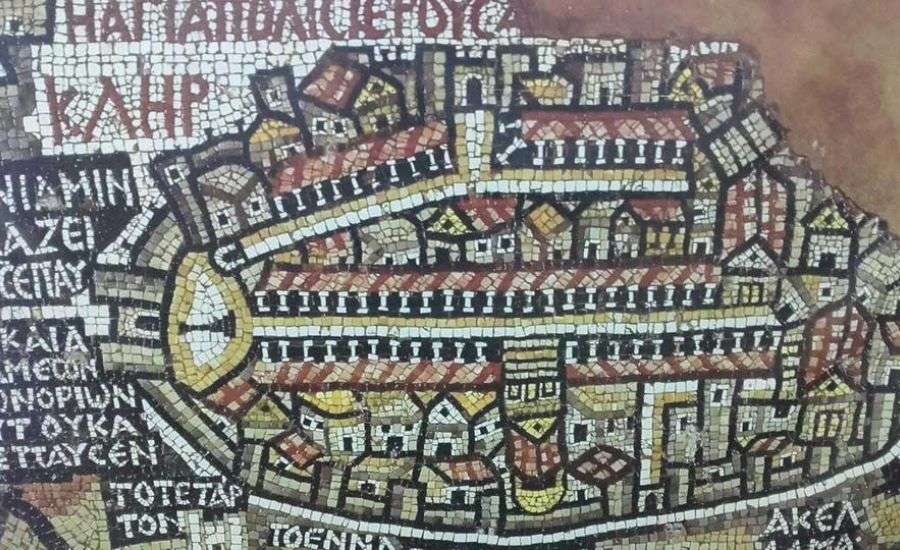

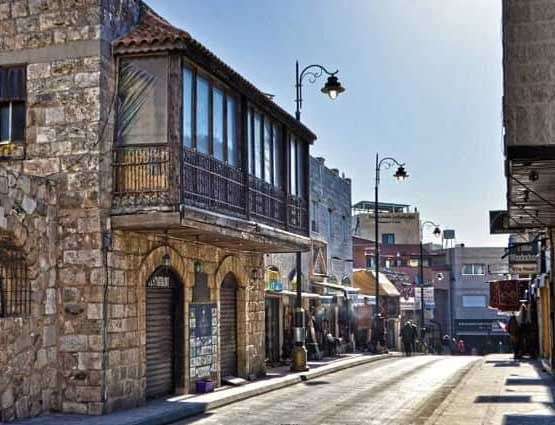
A Hub for Cultural and Heritage Experiences
Beit Al Beiruti stands as a testament to ancient architectural beauty, being a heritage house built over a century ago. This unique destination offers tourists a truly immersive experience, blending history with interactive activities. Visitors can explore its vibrant arts and crafts store, participate in educational and entertainment programs, and gain insights into Jordanian culture and traditions.
Aligned with the principles of ecotourism, Beit Al Beiruti emphasizes responsible travel by preserving the environment and supporting the well-being of local communities. Through cultural and heritage experiences, it benefits both the community and the destination economically and culturally, creating a harmonious balance between conservation, community engagement, and sustainable tourism.
Beit Al Beiruti’s integration of local traditions, sustainability, and interactivity makes it a standout attraction, offering a competitive edge in the tourism landscape.
Roman senate proclaimed from 37 BC
The ancient city of Madaba once fell under the rule of Herod Antipas, a figure entangled in one of history’s most dramatic stories. Around 30 years later, Antipas divorced his Nabataean princess wife—daughter of Aretas IV—to marry Herodias, his brother Philip’s wife. Enraged, his rejected wife fled to Machaerus, then crossed into Nabataea, seeking refuge in Petra under her father’s protection.
It was at Machaerus that John the Baptist, who openly condemned Antipas’ divorce, was imprisoned. Here, Herodias’ daughter, Salome, performed her infamous dance and, at her mother’s urging, demanded the Baptist’s execution—a moment that would be etched in biblical history.
A visit to these historic sites offers a glimpse into the power struggles, faith, and intrigue that shaped the region’s past.
